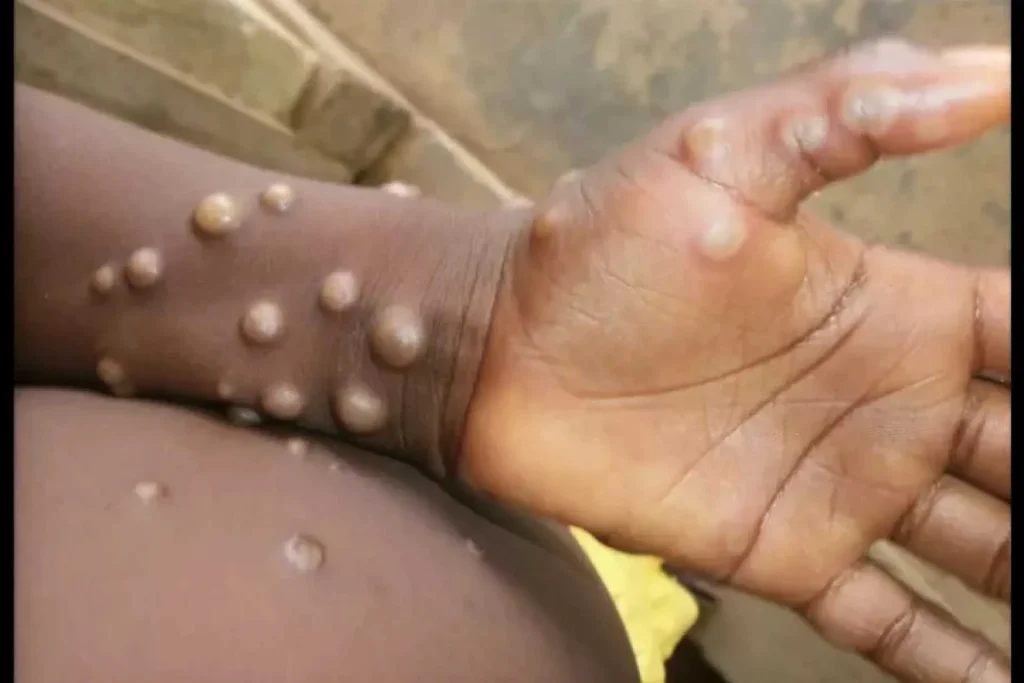Namibia’s health authorities confirmed the nation’s first Mpox case in Swakopmund on October 18, 2025, triggering an immediate outbreak declaration. The patient, diagnosed the same day, is stable and under isolation at Swakopmund District Hospital.
Adhering to World Health Organization standards, which define a single case as an outbreak, officials have escalated efforts to prevent further spread.
Preliminary investigations point to cross-border travel in Southern Africa as a possible source, though specifics are scarce.
The Ministry of Health is focusing on the Erongo region, actively tracking contacts and monitoring for additional cases to contain the virus swiftly.
Proactive Containment Measures
Health officials acted quickly to manage the situation. In Erongo, teams are meticulously tracing contacts of the infected individual to curb potential transmission.
Nationwide isolation facilities are ready to handle suspected cases, with the ministry reassuring citizens of its preparedness. “Our systems and protocols are robust,” a health official stated, encouraging vigilance while urging calm.
To boost awareness, the ministry launched campaigns to educate the public on Mpox symptoms and prevention. Hospitals and clinics are on high alert, with staff trained to spot and isolate cases promptly. These steps aim to maintain public trust while limiting the virus’s reach.
What is Mpox?
Mpox, a viral disease akin to smallpox, spreads through skin contact, respiratory droplets, or contaminated items like clothing.
Symptoms include fever, swollen glands, and a blistery rash lasting two to four weeks. Though typically mild, it can be severe for vulnerable groups, making early detection vital.
The disease is surging across Africa, with 17 nations, including Zambia, Malawi, Tanzania, and DR Congo, reporting outbreaks.
In 2025, Africa recorded over 118,000 cases, surpassing last year’s figures and highlighting a pressing health challenge.
Regional Challenges and Cooperation
Namibia’s case mirrors a regional issue, as travel across Southern Africa drives Mpox spread. Neighboring countries face similar outbreaks, increasing the need for unified action.
Namibia’s health system, while equipped, is under pressure to respond rapidly due to the virus’s contagiousness and regional connectivity.
The ministry is working with African health organizations to share strategies and data. Drawing from successes in other nations, such as vaccination and isolation efforts, Namibia is tailoring its response. Public campaigns stress hygiene, avoiding contact with sick individuals, and reporting symptoms early.
Commitment to Control
Namibia’s quick outbreak declaration reflects its dedication to transparency and action. The patient’s stable condition offers reassurance, but preventing further cases remains the priority.
Officials urge citizens to stay informed, avoid contact with symptomatic people, and seek medical care if symptoms arise.
The Erongo region’s contact-tracing efforts are critical, testing Namibia’s health infrastructure. Yet, the nation’s preparedness shines through, with robust measures in place to tackle Mpox.
As authorities monitor the situation, Namibia aims to protect its communities and contribute to Africa’s fight against the virus, with the coming weeks pivotal for containment.
READ ALSO: Madagascar Army Coup: Rajoelina Flees as Military Seizes Power






